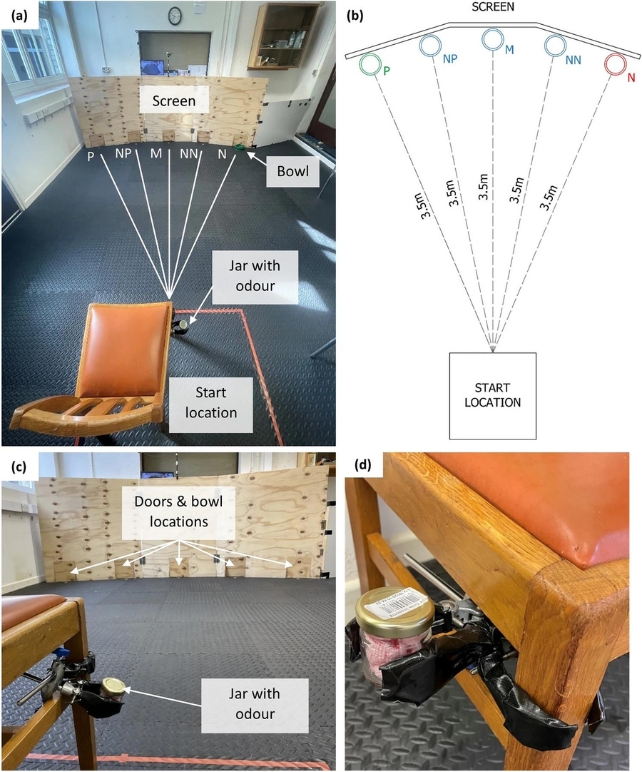What chimpanzee gestures reveal about human communication

Chimpanzees are our closest living relatives. But how much of their communication resembles ours?
A lot, it turns out.
According to a study published Monday in the journal Current Biology, chimpanzees gesture back-and-forth in a similar way to humans taking turns speaking.
Gal Badihi, a postdoctoral research fellow at the University of St. Andrews, looked at exchanges among five wild chimpanzee populations in East Africa. Usually, these exchanges had two parts: One chimpanzee might tap the another's hand, and then the other taps back like in this video
But sometimes the exchanges had up to seven parts, which was exciting to see.
Badihi told NPR that these chimpanzees "seem to have this back and forth in a face-to-face communicative set up that kind of resembles human conversations."
Sweeping an enormous data set of ape communication, Badihi and the research team determined that 14% of communicative interactions between the chimpanzees involved gestural exchanges.
For example, chimpanzees groom one another, which involves a lot of gestures. One chimpanzee might scratch himself in an exaggerated way, and in response, another chimpanzee may respond with a gesture to clarify where to begin grooming.
"They might also gesture to start traveling together, or when they greet each other after a long time. They even may shake hands or hug or kiss," Badihi told NPR.
On average, the timing between a gesture and response was 120 milliseconds. Of the various populations, the Sonso chimpanzees of Uganda were the slowest responders. But overall, these interactions happened quickly.
The speed of human conversation is also a rapid-fire volley. Across language, conversational turn-taking averages 200 milliseconds between responses.
The research presents an intriguing possibility: Back-and-forth communication may have evolved before humans split off from great apes.
No language required.
Interested in more science news? Email us at shortwave@npr.org.
Listen to Short Wave on Spotify and Apple Podcasts.
Listen to every episode of Short Wave sponsor-free and support our work at NPR by signing up for Short Wave+ at plus.npr.org/shortwave.
Today's episode was produced by Rachel Carlson and Kira Wakeam, and edited by Rebecca Ramirez and Christopher Intagliata. Emily Kwong, Regina G. Barber, Rachel and Rebecca checked the facts. The audio engineer was Valentina Rodriguez-Sanchez.




